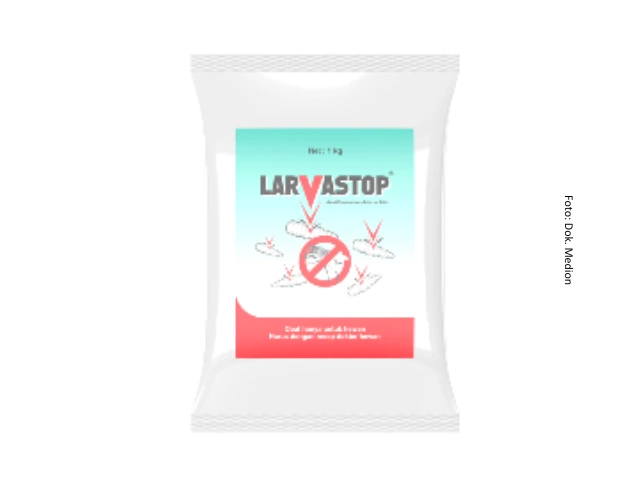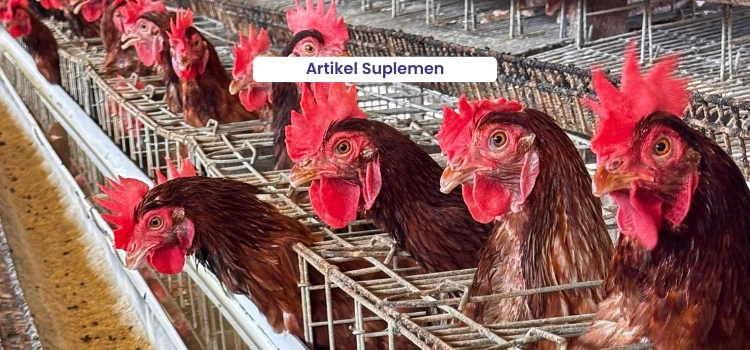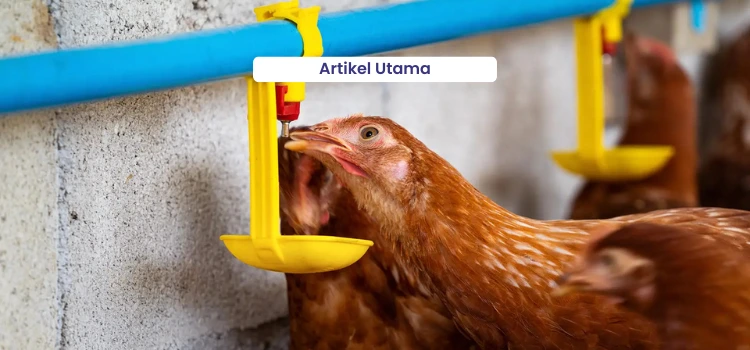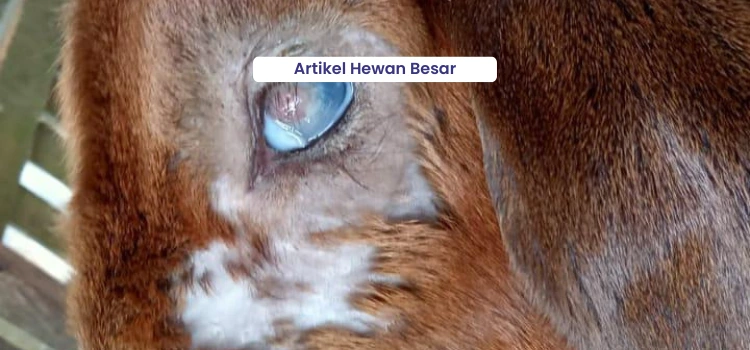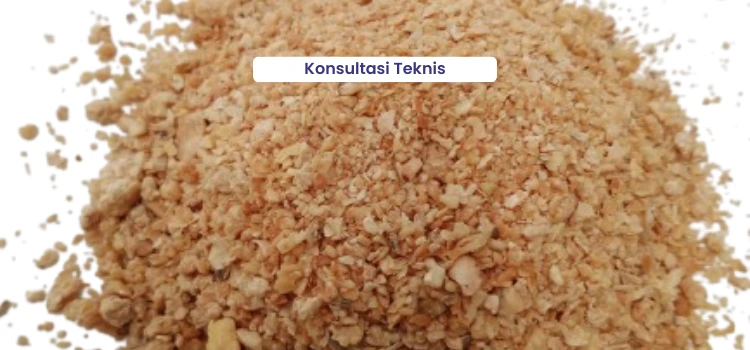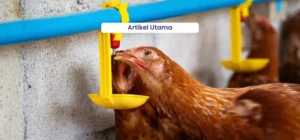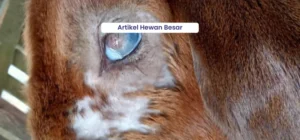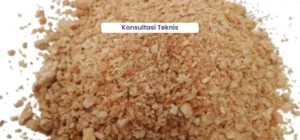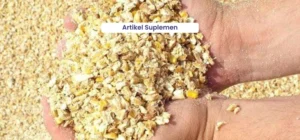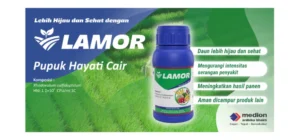The presence of large fly populations remains one of the most common problems complained about by poultry farmers today. The population tends to increase during the rainy season, supported by high humidity levels in the poultry house. Although fly larvae can provide some benefit by helping decompose feces, the negative impacts far outweigh the positives. In addition to hygiene issues, flies also pose a serious threat as potential carriers and transmitters of diseases in poultry farms.
Flies are often found around feed, litter, manure areas or under cages, water drains, chicken carcasses, and even in egg storage rooms. Flies are classified into two groups based on their ability to suck blood. Blood-sucking flies include Simulium sp., Culicoides sp., and Culex sp. Meanwhile, non-blood-sucking species such as Musca domestica, Fannia canicularis, Chrysomya megacephala, and Sarcophaga sp. (Disease of Poultry, 13th Edition) also play important roles. Both groups serve as vectors of pathogenic organisms, transmitting diseases through different mechanisms.
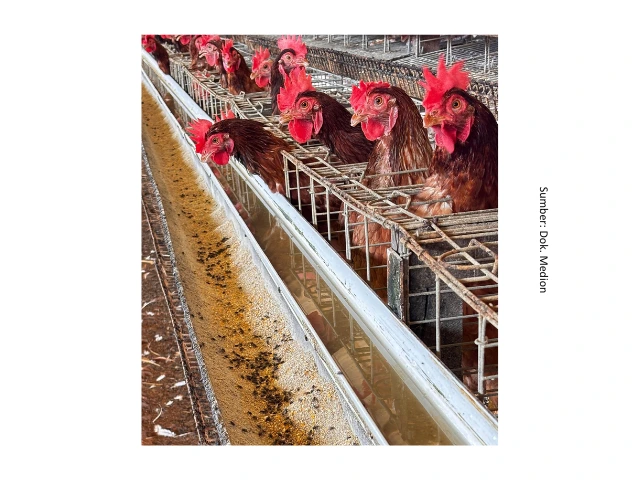
Flies as Disease Vectors
In blood-sucking fly species, flies carry and transmit disease pathogens—such as viruses, bacteria, and blood protozoa—from the blood of infected chickens (infected hosts) to healthy ones. For instance, Simulium sp. serves as a biological vector for the blood protozoan Leucocytozoon sp., the causative agent of Malaria-like disease in chickens. The infective stages of Leucocytozoon sp. are sporozoites and gametocytes. These stages develop inside the vector (Simulium sp.), where sexual reproduction (gametogenesis) and asexual multiplication (sporogony) occur. In the chicken host, only the asexual multiplication phase (schizogony) takes place, forming schizonts. These schizonts then develop into intracellular gametocytes within blood cells, which are infective to Simulium sp. (Valkiunas and Iezhova, 2023).
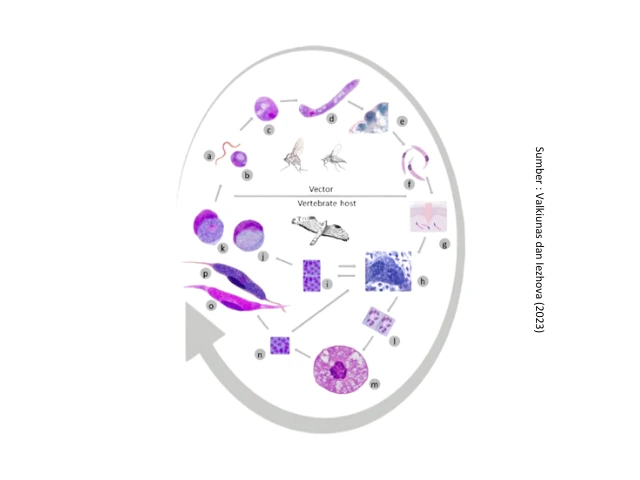
In non-blood-sucking fly species, the threat as disease vectors still exists. Besides being capable of carrying and spreading pathogens such as viruses, bacteria, and parasites, these flies have also been reported to act as agents of antimicrobial resistance (AMR) transmission in livestock farms (Shahanaz et al., 2025). Musca domestica, the most commonly found species on poultry farms, has been reported as a vector of Avian Influenza in Indonesia (Wuryastuti and Warsito, 2013). Moreover, Musca domestica also serves as a mechanical vector for tapeworms (Raillietina tetragona and Raillietina cesticillus) and roundworms (Ascaridia galli) in chickens.
Life Cycle of Flies
Flies undergo four distinct stages in their life cycle: egg, larva, pupa, and adult. The duration from egg to adult fly ranges from 4 to 7 weeks. However, under cold conditions, flies can survive for up to 3 months. Fly eggs hatch at temperatures between 25–35°C within 8 to 16 hours. An adult female fly can lay up to 700 eggs during her lifetime, which explains the rapid increase of fly populations on livestock farms.
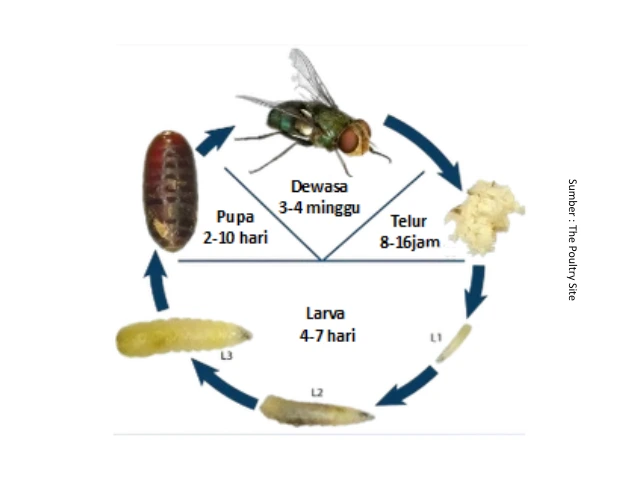
Fly Control
Effective fly control requires a comprehensive approach that includes improving management practices and the use of insecticides.
a. Improving Farm Management Practices
To effectively control flies, improvements in farm management practices are essential. These include routinely cleaning manure at least once a week, keeping the litter dry, ensuring proper air circulation to help manure dry quickly, and preventing water stagnation by maintaining proper drainage systems. In addition, maintaining barn sanitation is also important by promptly removing dead chickens, discarding broken eggs, and cleaning the barn and equipment with disinfectants.
b. Mechanical Control
The use of fly traps is quite common on farms. One of the most frequently used types is the electric fly trap, which attracts flies using UV light. The flies are then trapped and killed by an electric shock when they touch the charged surface. Electric fly traps are typically placed in the center of the poultry house.
c. Biological Control
Biological fly control methods are relatively uncommon. The concept of this approach is to use natural predators of flies to maintain ecological balance in the barn environment. Animals that can act as fly predators include wasps, mites (Macrochelis muscadomesticae), and beetles (Carnicops pumilio).
d. Chemical Control
Chemical control of flies involves the use of fly-killing agents or insecticides. The application of insecticides should be adjusted according to the fly’s life cycle. Generally, fly insecticides are classified for use against larvae and adult flies. For adult flies, insecticides work by affecting their nervous system, energy production, and water balance. For larvae, there are compounds known as insect growth regulators (IGR). IGRs are insecticides that act on the pre-adult stage by interfering with cuticle formation and the endocrine system of fly larvae. One of the active ingredients effective in the larval stage is Diflubenzuron.
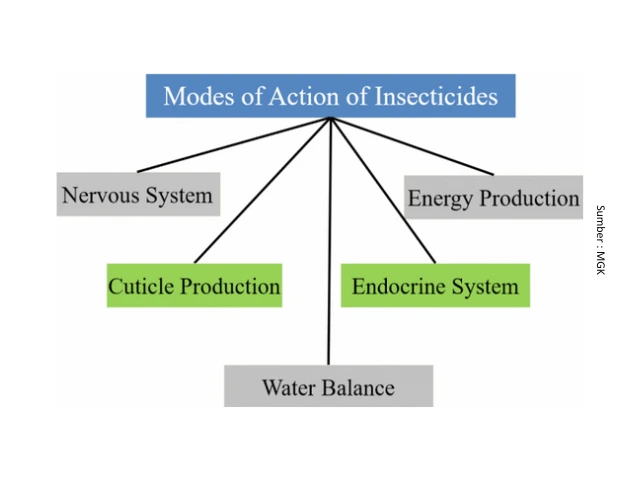
Larvastop is an insecticide containing the active ingredient Diflubenzuron, which works by inhibiting the chitin synthesis system required for cuticle formation. As a result, fly larvae fail to molt and eventually die. Larvastop can be applied by mixing it into feed at a dosage of 100 g per ton of feed or by spraying at a concentration of 96 g per liter of water to cover an area of 10 m². Larvastop is safe to use and does not negatively affect poultry performance. However, it is important to note that insecticide application should not be used as the sole method of fly control—it must be combined with proper farm management improvements.
